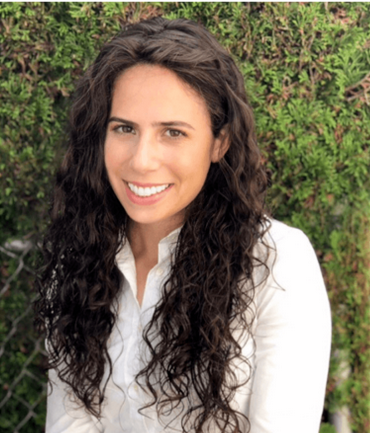What Does Treatment for an Eating Disorder Actually Look Like?
When it comes to eating disorder treatment, one of the biggest questions people have is simple: What does it actually look like?
The reality is that there’s no single answer. Every person’s story with food, body image, and recovery is unique, which means treatment has to be flexible, supportive, and tailored to the individual. Still, there are common building blocks that show up again and again, and understanding them can make the process feel a little less overwhelming.
Listen to the Episode Now
If this post resonates with you or makes you feel something, share it with a friend! My hope is that we can keep this important conversation going long after the post is over.
IIn this episode, I break down what treatment can look like when someone is struggling in the “middle” of the spectrum. Not in a medical crisis, but still needing real support to heal their relationship with food. We’ll explore the three core pillars of treatment (what I call the “three-legged stool”), the role each professional plays, and why collaboration across the team matters so much. I also share what symptom reduction really means, how to approach deeper issues like body image and control, and where additional support systems, like groups, recovery coaches, or psychiatry, can fit in.
The number one goal is eating disorder symptom reduction. That means consistent and adequate nourishment as the first and most important goal.
Whether you’re a clinician unsure how to navigate eating concerns with a client, or someone personally struggling with food and body image, this episode offers both clarity and practical guidance. You’ll walk away with a better understanding of the treatment landscape, and hopefully, a little more confidence in what to ask for and expect along the way.
In this blog, I’m talking about:
How treatment for eating disorders looks different for everyone because no two stories are the same.
What “treatment” really means, whether that’s therapy, higher levels of care, or outpatient support.
The idea of the three-legged stool of treatment: nutrition counseling, medical care, and therapy.
Why working with a dietitian (preferably weight-neutral and experienced with eating disorders) is key for meal structure, fear foods, and regulating eating patterns.
The role of medical providers in monitoring vitals, labs, weight, and complications that may arise from disordered eating.
How therapists support clients by addressing not only symptom reduction (restriction, bingeing, purging) but also deeper issues like control, avoidance, dissociation, and body image struggles.
Optional but valuable supports such as psychiatrists, recovery coaches, and groups that can provide meal support, peer connection, and tools for healing.
The importance of collaboration among providers to ensure the client has a cohesive and supportive treatment team.
The reminder that treatment is not about perfection but about flexibility, patience, and progress over time.
Tweetable Quotes
“No two eating disorders are going to look alike. No two people's stories are going to look alike.” - Rachelle Heinemann
“The relationship we have with our people is going to be the catalyst for change.” - Rachelle Heinemann
“Just because the numbers are good doesn’t mean there isn’t still an eating disorder.” - Rachelle Heinemann
“Even if somebody starts to show signs of decreased symptoms, it doesn't necessarily mean that the work is over.” - Rachelle Heinemann
Resources
Bergen Mental Health Group Inc. is hiring! If you think you’d be a great fit, check it out!
Looking for a speaker for an upcoming event? Let’s chat!
Now accepting new clients! Find out if we're a good fit!
Related Episodes
Episode 174. Is This An Eating Disorder or Disordered Eating?
Episode 167. How to Achieve Full Recovery with Ilene Fishman
Episode 148. Non-Food Eating Disorder Recovery Must Have
Episode 137. Eating Disorder Recovery Cannot Happen Without This
Newsletter update: If you’re not already signed up for my newsletter, then I’m not sure what you’re waiting for! I’m ✨obsessed ✨ with it. In an effort to keep things fun and fresh, we’re going to monthly newsletters rather than weekly. If you have any feedback on what you want to see in the newsletters, reply back to one or send me a message!
Grab my FREEBIE!: As you navigate recovery, you may be feeling like something is missing. You're doing a lot of work challenging yourself with the food, your body, and exercise. You're probably working on lots of other things at the same time, like stuff at work or relationship issues.
But, still, something doesn't feel like you're getting to the bottom of it. Grab my free journal prompts below and begin to work through the emotions of healing.
More From Rachelle
Hey there! I’m Rachelle, the host of the Understanding Disordered Eating Podcast. As a Licensed Mental Health Counselor, I work with clients to make sense of life’s messy emotional experiences.
I believe in the power of deep work and its positive impact on your life in the long term. Learn more about how we can work together here.
Sign up for my weekly newsletter for even more!
You can connect with me on Instagram, through my website or email me directly clicking the links below.
Subscribe & Leave A Review!
If you enjoyed this episode, you can show your support by leaving a review, subscribing, or sharing with someone who may need help. Click here to open this show in iTunes and leave a five star rating and review.


